1. Carton JA, Maradona JA, Nuño FJ, Fernandez-Alvarez R, Pérez-Gonzalez F, Asensi V. Diabetes mellitus and bacteraemia: a comparative study between diabetic and non-diabetic patients. Eur J Med. 1992; 1:281–287. PMID:
1341610.
2. Muller LM, Gorter KJ, Hak E, Goudzwaard WL, Schellevis FG, Hoepelman AI, et al. Increased risk of common infections in patients with type 1 and type 2 diabetes mellitus. Clin Infect Dis. 2005; 41:281–288. PMID:
16007521.

3. Tanaka Y. Immunosuppressive mechanisms in diabetes mellitus. Nihon Rinsho. 2008; 66:2233–2237. PMID:
19069085.
4. Delamaire M, Maugendre D, Moreno M, Le Goff MC, Allannic H, Genetet B. Impaired leucocyte functions in diabetic patients. Diabet Med. 1997; 14:29–34. PMID:
9017350.

5. WHO Scientific Group of Immunodeficiency. Immunodeficiency: report of a WHO scientific group. World Health Organ Tech Rep Ser. 1978; (630):3–80. PMID:
106560.
6. Chang CM, Lu FH, Guo HR, Ko WC. Klebsiella pneumoniae fascial space infections of the head and neck in Taiwan: emphasis on diabetic patients and repetitive infections. J Infect. 2005; 50:34–40. PMID:
15603838.

7. Korean Association of Oral and Maxillofacial Surgeons. Infectious disease. 2nd end. Seoul: Dental and Medical Publishing;2005.
8. Beck HJ, Salassa JR, McCaffrey TV, Hermans PE. Life-threatening soft-tissue infections of the neck. Laryngoscope. 1984; 94:354–362. PMID:
6366410.

9. Chen MK, Wen YS, Chang CC, Huang MT, Hsiao HC. Predisposing factors of life-threatening deep neck infection: logistic regression analysis of 214 cases. J Otolaryngol. 1998; 27:141–144. PMID:
9664243.
10. Plouffe JF, Silva J Jr, Fekety R, Allen JL. Cell-mediated immunity in diabetes mellitus. Infect Immun. 1978; 21:425–429. PMID:
308493.

11. Geerlings SE, Hoepelman AI. Immune dysfunction in patients with diabetes mellitus (DM). FEMS Immunol Med Microbiol. 1999; 26:259–265. PMID:
10575137.

12. Chen MK, Wen YS, Chang CC, Lee HS, Huang MT, Hsiao HC. Deep neck infections in diabetic patients. Am J Otolaryngol. 2000; 21:169–173. PMID:
10834550.

13. Huang TT, Tseng FY, Yeh TH, Hsu CJ, Chen YS. Factors affecting the bacteriology of deep neck infection: a retrospective study of 128 patients. Acta Otolaryngol. 2006; 126:396–401. PMID:
16608792.

14. Cavanagh MM, Weyand CM, Goronzy JJ. Chronic inflammation and aging: DNA damage tips the balance. Curr Opin Immunol. 2012; 24:488–493. PMID:
22565047.

15. Lee WH, Ahn KM, Jang BY, Ahn MR, Lee JY, Sohn DS. Clinicostastical study of inpatients of abscess in fascial spaces for the last 5 years. J Korean Assoc Oral Maxillofac Surg. 2004; 30:497–503.
16. Rega AJ, Aziz SR, Ziccardi VB. Microbiology and antibiotic sensitivities of head and neck space infections of odontogenic origin. J Oral Maxillofac Surg. 2006; 64:1377–1380. PMID:
16916672.

17. Graves DT, Kayal RA. Diabetic complications and dysregulated innate immunity. Front Biosci. 2008; 13:1227–1239. PMID:
17981625.

18. Nikolajczyk BS, Jagannathan-Bogdan M, Shin H, Gyurko R. State of the union between metabolism and the immune system in type 2 diabetes. Genes Immun. 2011; 12:239–250. PMID:
21390053.

19. Warnke PH, Becker ST, Springer IN, Haerle F, Ullmann U, Russo PA, et al. Penicillin compared with other advanced broad spectrum antibiotics regarding antibacterial activity against oral pathogens isolated from odontogenic abscesses. J Craniomaxillofac Surg. 2008; 36:462–467. PMID:
18760616.

20. Naguib G, Al-Mashat H, Desta T, Graves DT. Diabetes prolongs the inflammatory response to a bacterial stimulus through cytokine dysregulation. J Invest Dermatol. 2004; 123:87–92. PMID:
15191547.

21. Liu R, Desta T, He H, Graves DT. Diabetes alters the response to bacteria by enhancing fibroblast apoptosis. Endocrinology. 2004; 145:2997–3003. PMID:
15033911.

22. Huang TT, Tseng FY, Liu TC, Hsu CJ, Chen YS. Deep neck infection in diabetic patients: comparison of clinical picture and outcomes with nondiabetic patients. Otolaryngol Head Neck Surg. 2005; 132:943–947. PMID:
15944569.

23. Huang TT, Liu TC, Chen PR, Tseng FY, Yeh TH, Chen YS. Deep neck infection: analysis of 185 cases. Head Neck. 2004; 26:854–860. PMID:
15390207.

24. Al-Qamachi LH, Aga H, McMahon J, Leanord A, Hammersley N. Microbiology of odontogenic infections in deep neck spaces: a retrospective study. Br J Oral Maxillofac Surg. 2010; 48:37–39. PMID:
19178989.

25. Gilmer TL, Moody AM. A study of the bacteriology of alveolar abscess and infected root canals. JAMA. 1914; LXIII:2023–2024.

26. Statistics Korea. Population projection for Korea: 2010-2060. Daejeon: Statistics Korea;2012.
27. Korea Centers for Disease Control & Prevention. Chronic disease. In : Jun BY, editor. Korean National Health Statistics 2011. Daejeon: Ministry of Health & Welfare;2012.




 PDF
PDF ePub
ePub Citation
Citation Print
Print


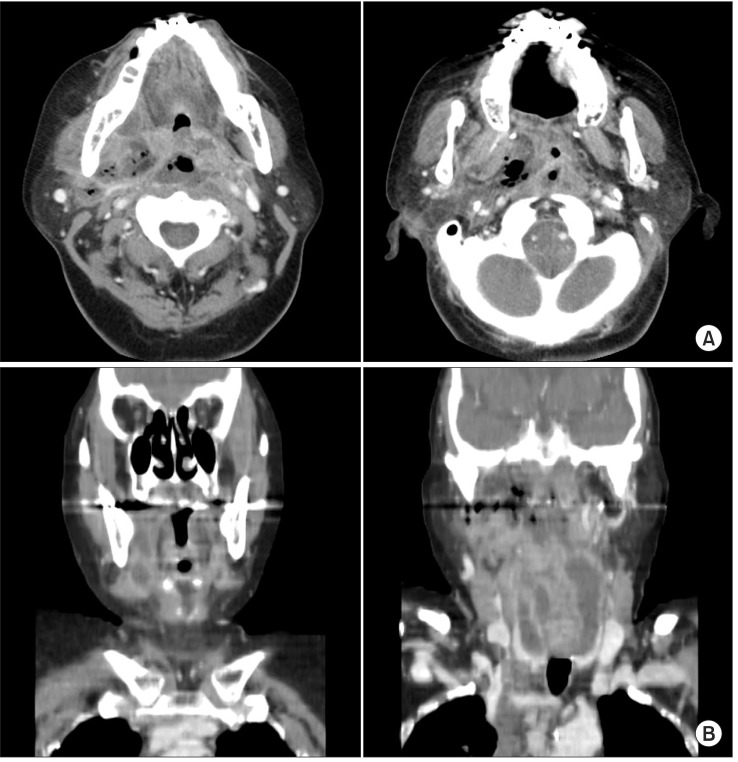
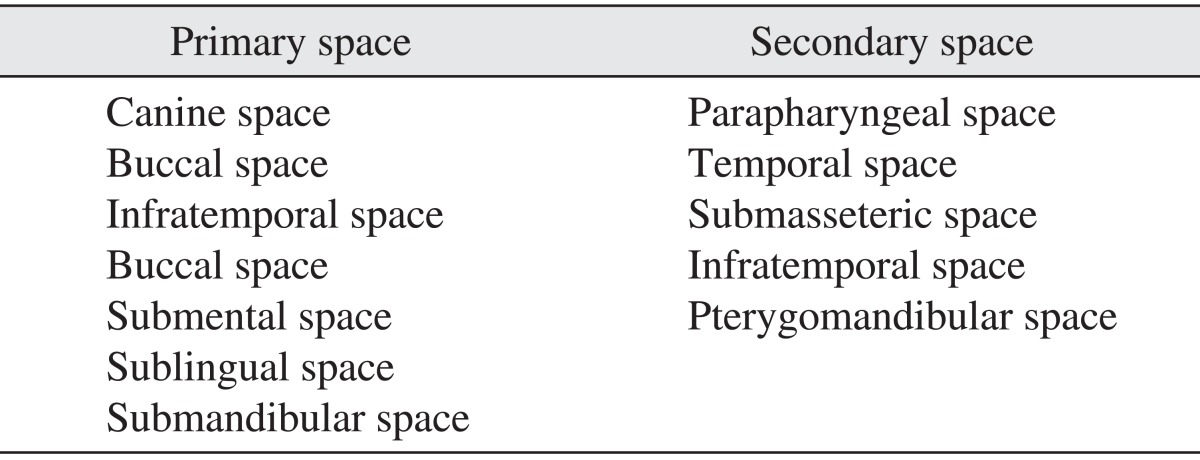
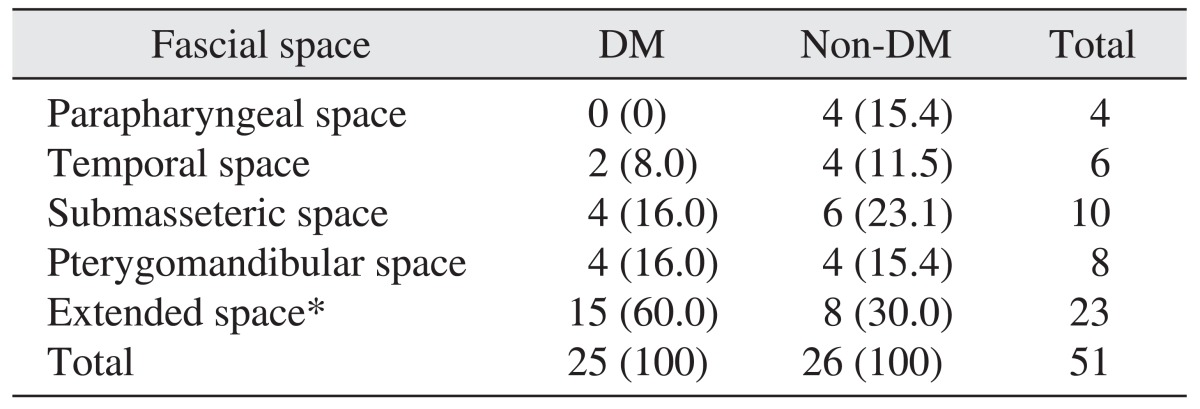



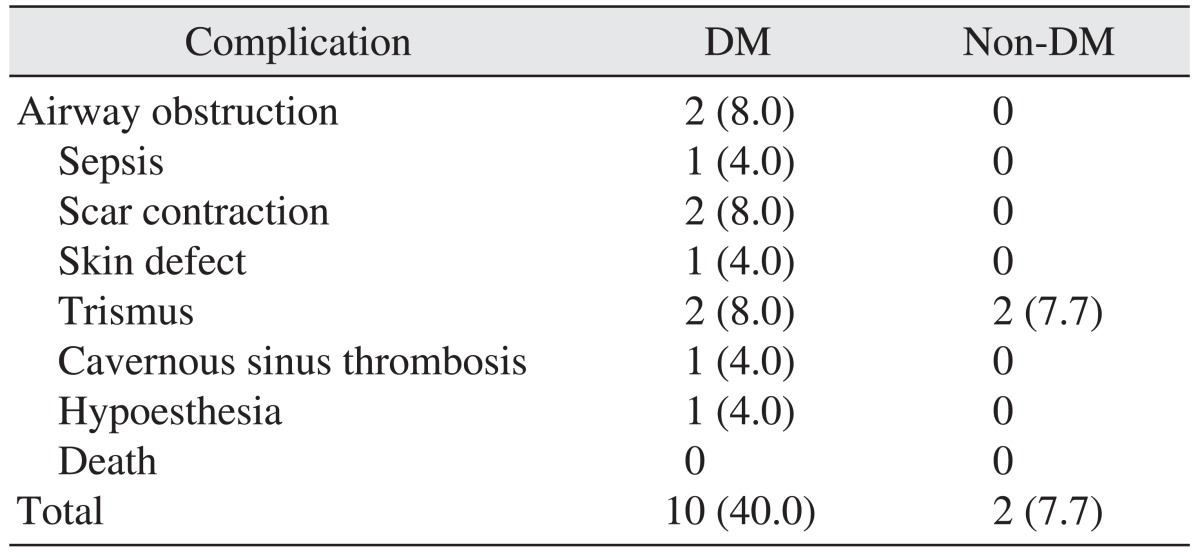
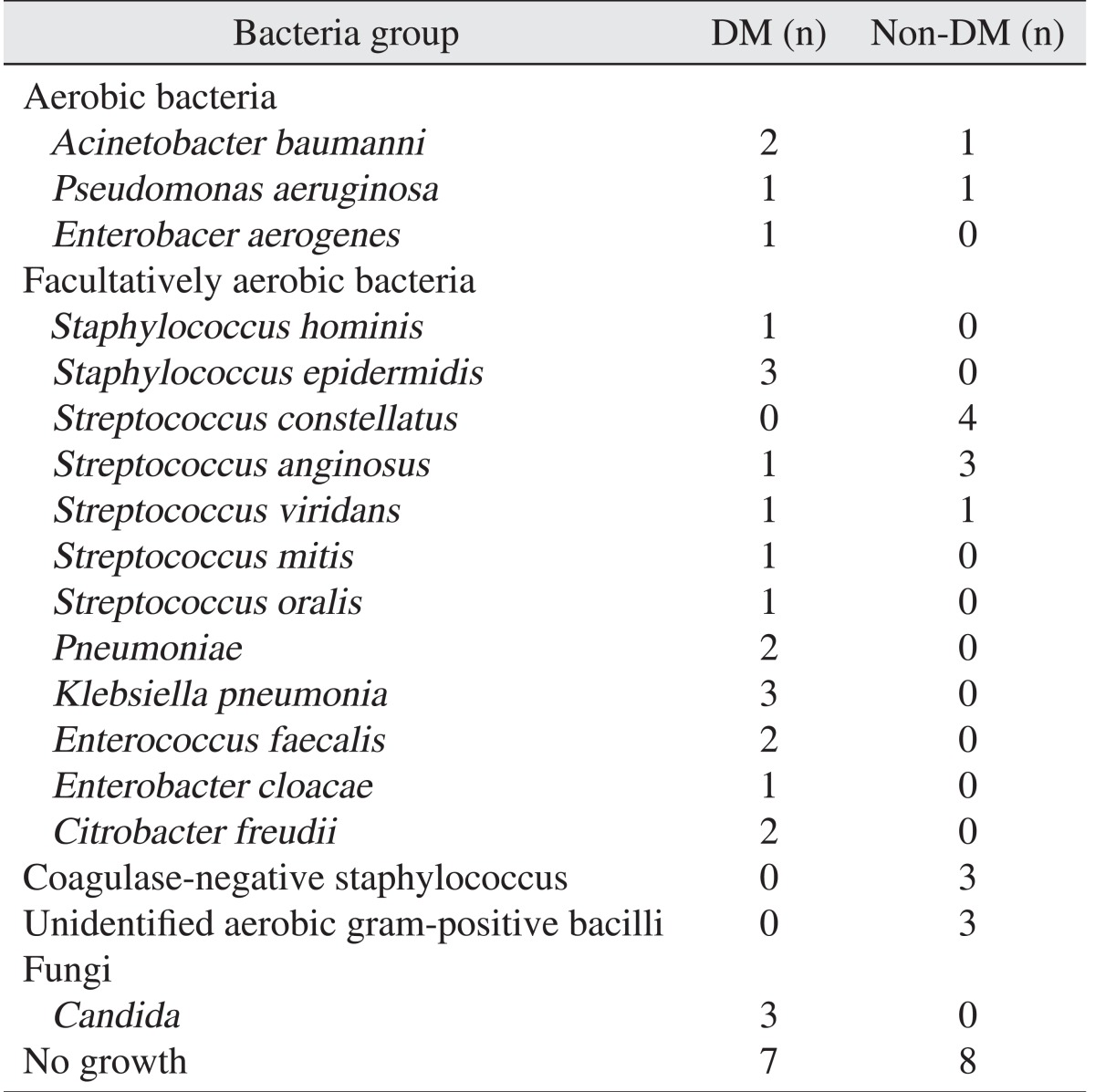
 XML Download
XML Download